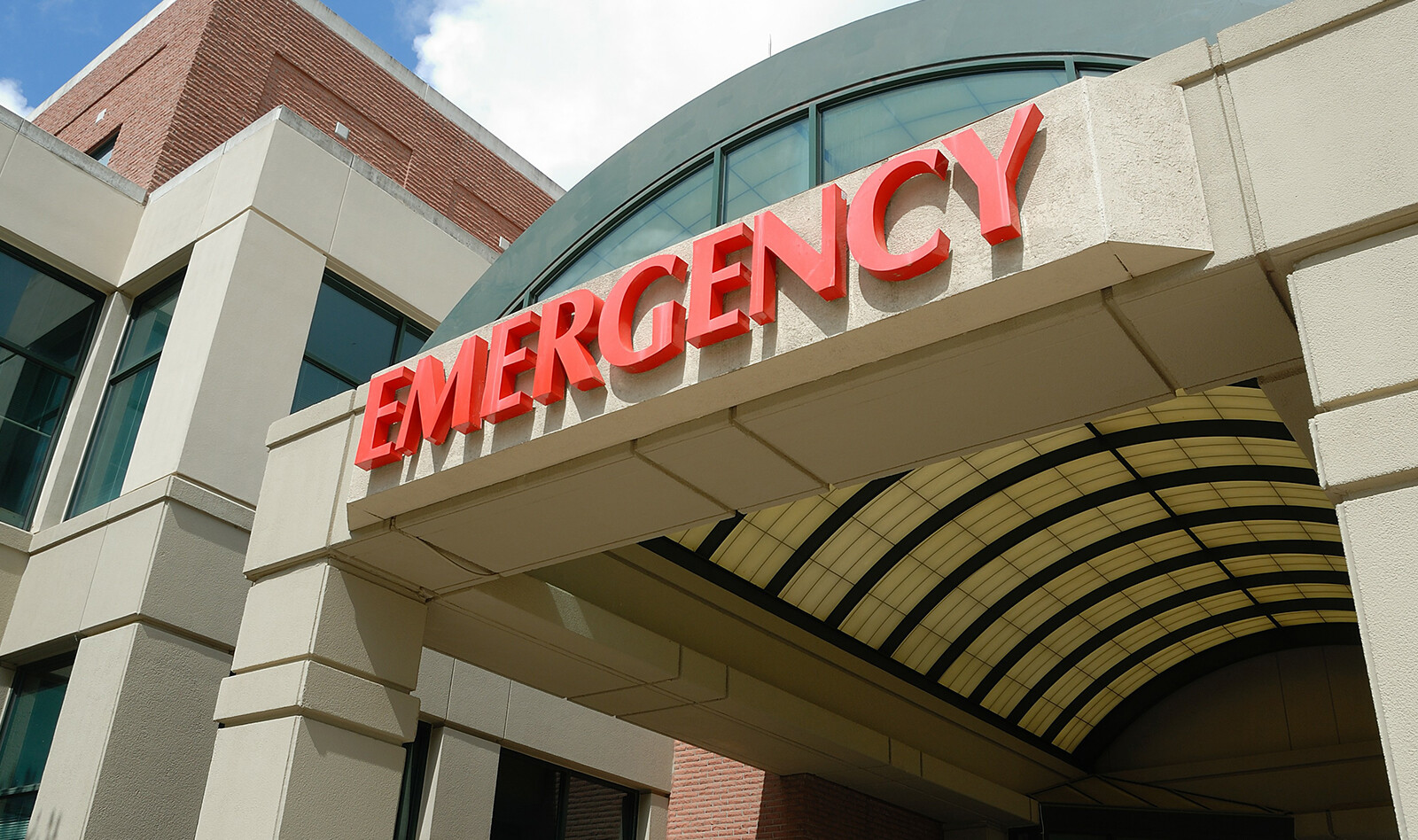ORIGINAL RESEARCH | Emergency Medicine Advanced Ultrasound Service: A New Paradigm
Source: Emergency Medicine Australasia: EMA 2020, 32 (5): 737-746
INTRODUCTION
The use of point-of-care US (POCUS) has become well established in emergency medicine (EM), largely due to social and economic pressures to provide rapid assessment and transit through the emergency department (ED), and the desire for improved diagnostic and procedural ability in acute care settings.
Despite the proven benefit for patients, there are still areas of debate about the use of POCUS. Some criticism includes the prolonged learning curve, inconsistent training conditions and lack of literature supporting improvement in hard patient outcomes. Another concern is Incidental findings (as many as 26% of cases when US was performed by EM residents), which could potentially lead to over-investigation.
In answer to these concerns the Australasian Society for Ultrasound in Medicine identified the need for two levels of EM clinician US education:
- The Certificate in Clinician Performed Ultrasound (CCPU) – developed for clinicians wishing to achieve a basic POCUS level of US expertise
- Diploma in Diagnostic Ultrasound for Emergency Medicine (DDU EM) – aims to ensure specialty specific US expertise to the level of an imaging specialist.
The Emergency Medicine Advanced Ultrasound Service
In 2006 a group of DDU EM clinicians at Sir Charles Gairdner Hospital (SCGH), a tertiary hospital in Perth, Western Australia, formed an Emergency Medicine Advanced Ultrasound Service (EMAUS). The aim of this service was to concentrate high level US expertise in a small cohort of EM physicians, and to ensure that this expertise was available as a consultative rather than just a teaching service.
Emergency sonologists were credentialed to perform an extended range of US examinations. A fellowship was established and more emergency sonologists were trained to DDU level. The system has evolved into a formal service which routinely conducts the consultative ED USs and the majority of the department’s POCUS examinations.
The aim of this report was to outline the potential benefits of an EMAUS service in the context of an Australian tertiary hospital ED.
METHODS
This was a prospective descriptive observational study that conducted in the ED over a 4-month period and collected data regarding POCUS and EMAUS. Data were collected and recorded on an Excel spreadsheet and included date and operator training level, information on the clinical indication, the US findings and the US result. Simple descriptive statistics were applied to the data. The US examinations were categorized by highest provider training level present. The type of US examination was classed as either diagnostic (consultative or POCUS), procedural, resuscitative or educational. The primary indication, basic US result, and incidental findings of indeterminate significance were recorded.
RESULTS
A total of 1336 US scans were recorded. Emergency sonologists conducted the majority of examinations – 69.8%. Half the consultative USs demonstrated positive findings. Follow-up computed tomography (CT) was recommended in 8.8% of consultative US studies and 12.4% of POCUS studies. Concerning incidental findings requiring further investigation (usually CT/magnetic resonance imaging) were infrequent at 1.6%.
CONCLUSION
This report describes a unique model of a critical care and emergency US service which is run by consultant emergency physicians with formal advanced US education integrated into a tertiary emergency department. The EMAUS was set up to address many of the criticisms that POCUS providers have faced and provide a platform for further research.
 English
English
 Español
Español 

